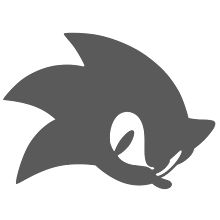>
PHP is a powerful tool for making dynamic and interactive Web pages.
PHP is the widely-used, free, and efficient alternative to competitors such as Microsoft's ASP.
In our PHP tutorial you will learn about PHP, and how to execute scripts on your server.
PHP is a server-side scripting language.
What You Should Already Know
Before you continue you should have a basic understanding of the following:
- HTML/XHTML
- JavaScript
If you want to study these subjects first, find the tutorials on our Home page.
What is PHP?
- PHP stands for PHP: Hypertext Preprocessor
- PHP is a server-side scripting language, like ASP
- PHP scripts are executed on the server
- PHP supports many databases (MySQL, Informix, Oracle, Sybase, Solid, PostgreSQL, Generic ODBC, etc.)
- PHP is an open source software
- PHP is free to download and use
What is a PHP File?
- PHP files can contain text, HTML tags and scripts
- PHP files are returned to the browser as plain HTML
- PHP files have a file extension of ".php", ".php3", or ".phtml"
What is MySQL?
- MySQL is a database server
- MySQL is ideal for both small and large applications
- MySQL supports standard SQL
- MySQL compiles on a number of platforms
- MySQL is free to download and use
PHP + MySQL
- PHP combined with MySQL are cross-platform (you can develop in Windows and serve on a Unix platform)
Why PHP?
- PHP runs on different platforms (Windows, Linux, Unix, etc.)
- PHP is compatible with almost all servers used today (Apache, IIS, etc.)
- PHP is FREE to download from the official PHP resource: www.php.net
- PHP is easy to learn and runs efficiently on the server side
Where to Start?
To get access to a web server with PHP support, you can:
- Install Apache (or IIS) on your own server, install PHP, and MySQL
- Or find a web hosting plan with PHP and MySQL support

